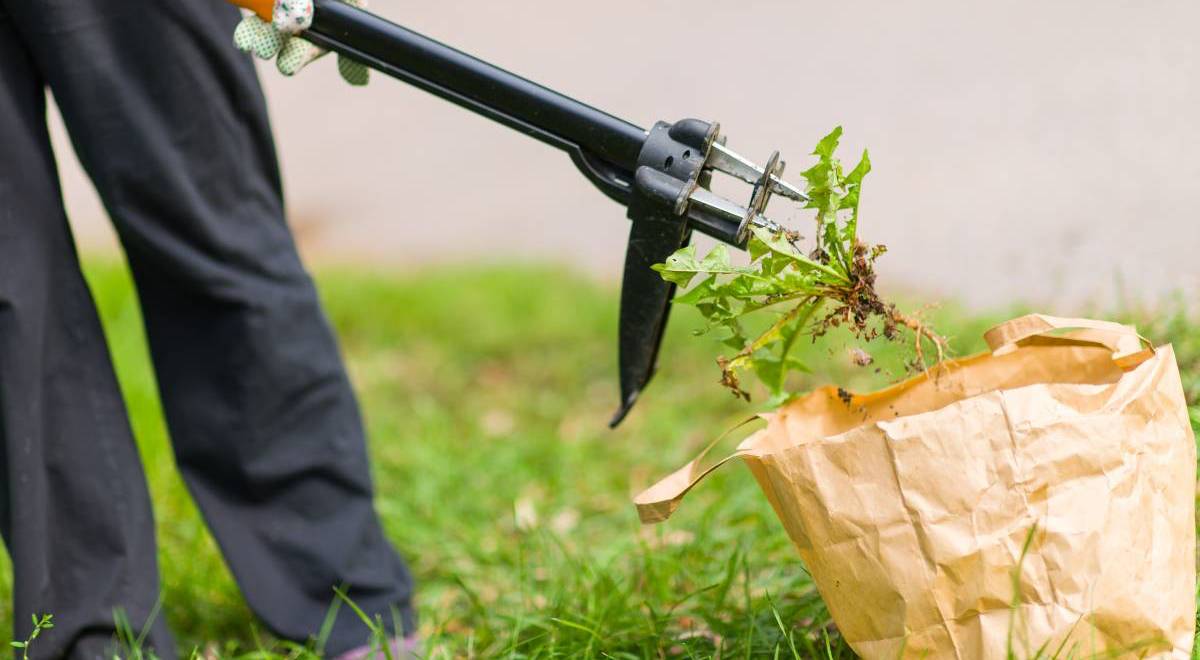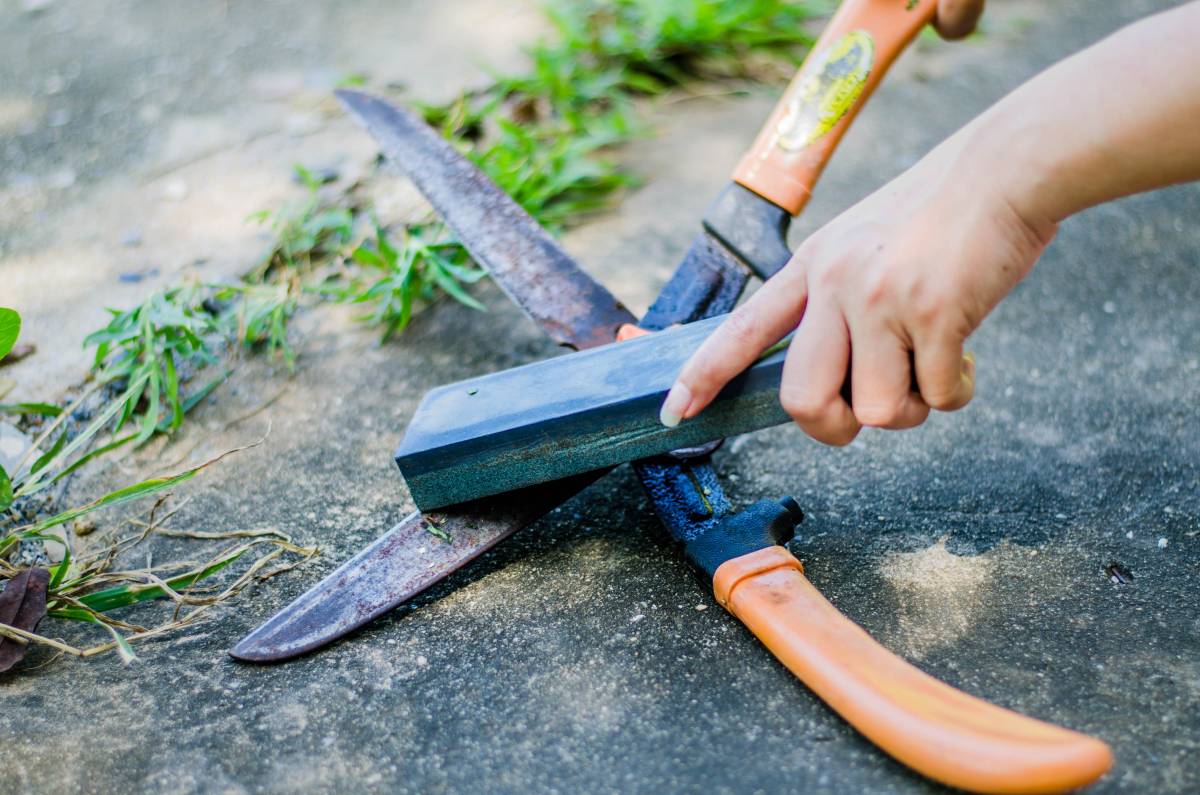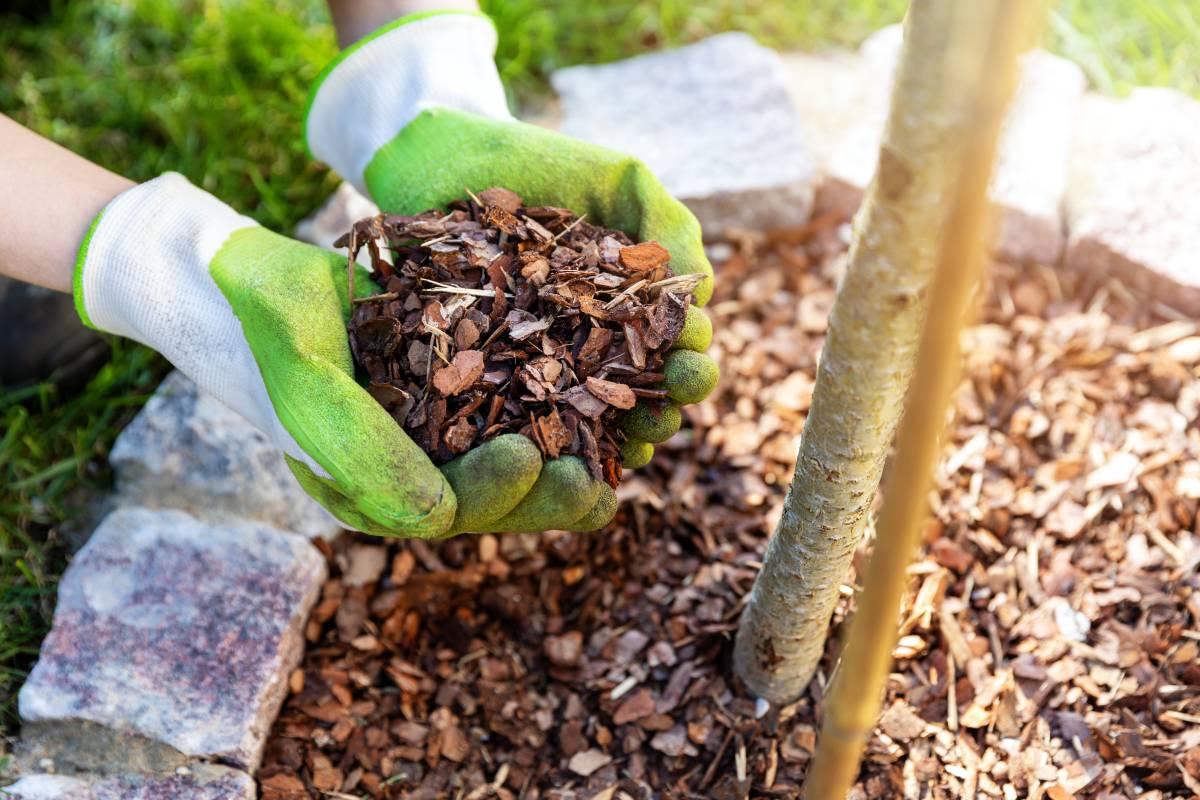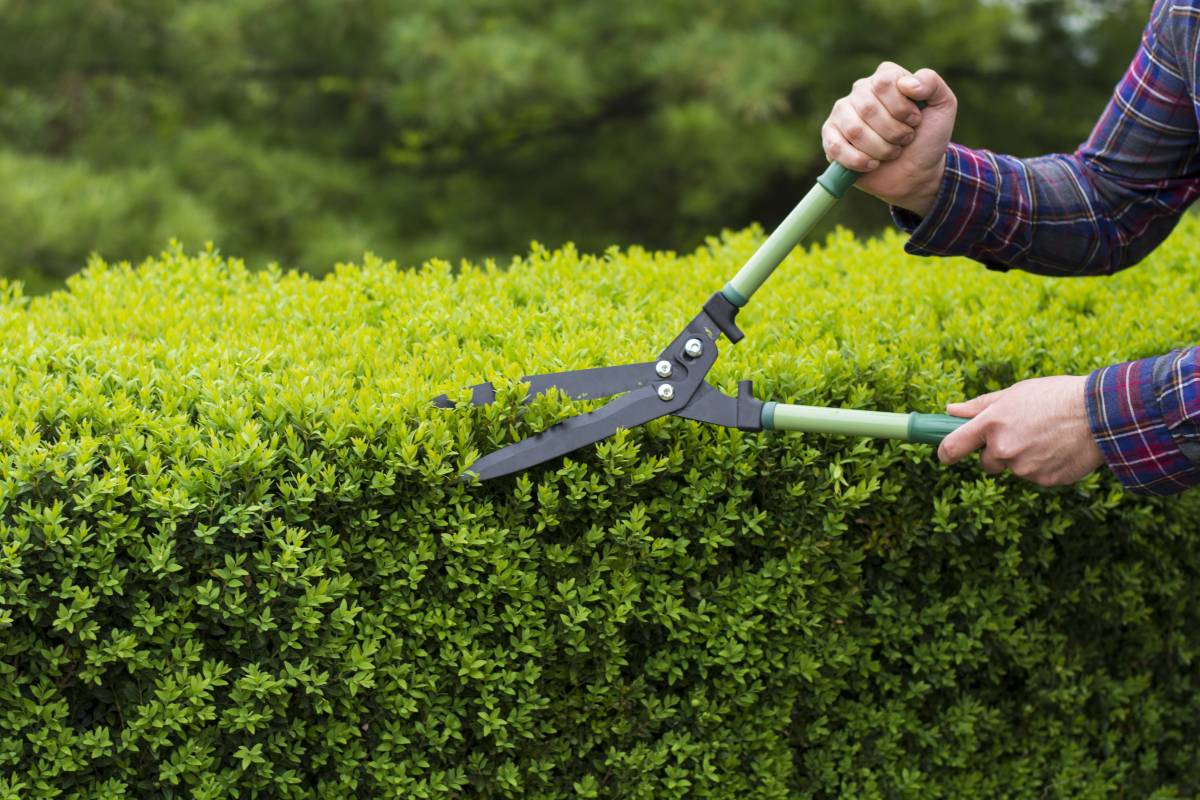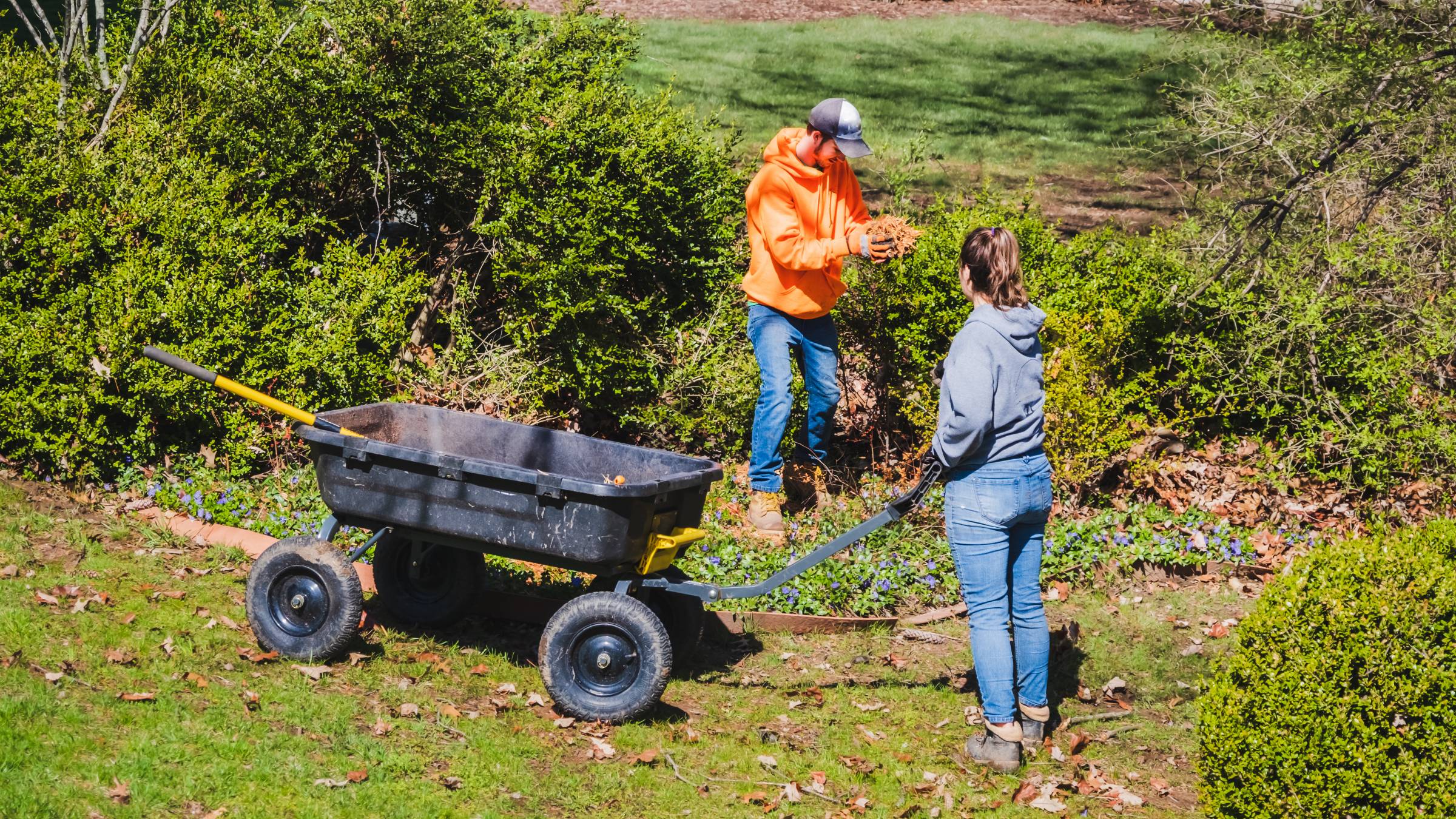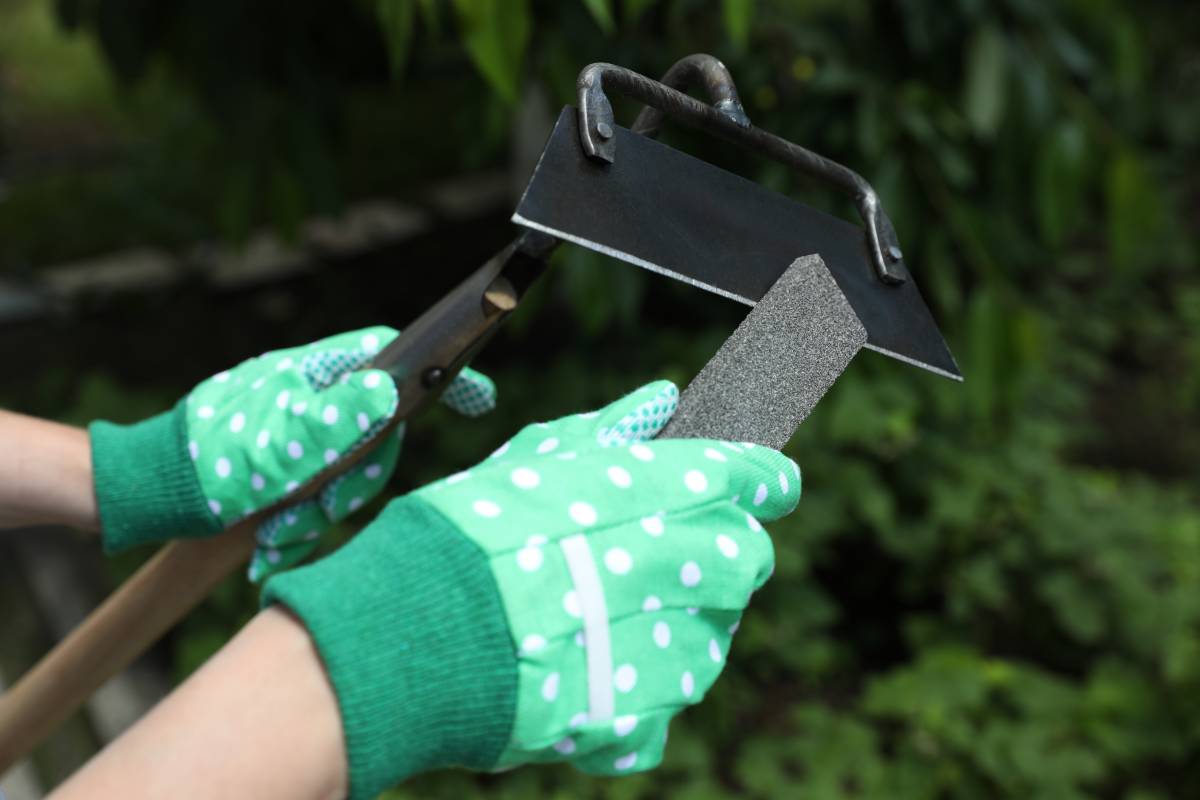- Home/
- Guides/
- Garden Maintenance/
- How to Remove Hedges

How to remove hedges without any legal problems
Find a gardenerLast Updated on
Hedges provide many benefits for your home, from creating a boundary line and privacy wall to adding an aesthetic appeal to your yard. Even so, it may not be for everyone.
There could be many reasons why you want your hedge removed. It may be because you have switched to fencing, you’re tired of maintaining them, or it clashes with your garden’s design.
Whatever the reason, be aware that hedges are protected by law. So before you remove your hedges, you must familiarise yourself with existing laws related to it. Read further and let us guide you on your questions about hedge removal.
Hedge removal vs. hedge trimming
Don’t be confused with hedge trimming and hedge removal. Hedge trimming is done to maintain your hedges, so they can grow in the shape you want.
On the other hand, hedge removal requires digging and removal of the roots of the hedges to prevent them from growing again. We’ll take you through each step, so you don’t have any legal problems when you decide to remove them.
Can I remove my own hedge?
Removing your hedge is possible but not easy. Here are the things you need to prepare if you want to do it on your own:
Examine the space. How big is it? Smaller hedges may be easier to remove, but hedge walls may require professional help.
Check if the hedge you are removing does not have any substantial structures beneath it. Drains and cables are among those you may encounter.
Get the necessary permits. Local hedge laws may differ from a neighboring state.
Still not sure? Hire an arborist (tree surgeon) or a landscape professional to examine your area before proceeding. You may also hire a hedge remover on Airtasker, so you don’t have to go through the hassle of removing the hedges.
How to remove hedges
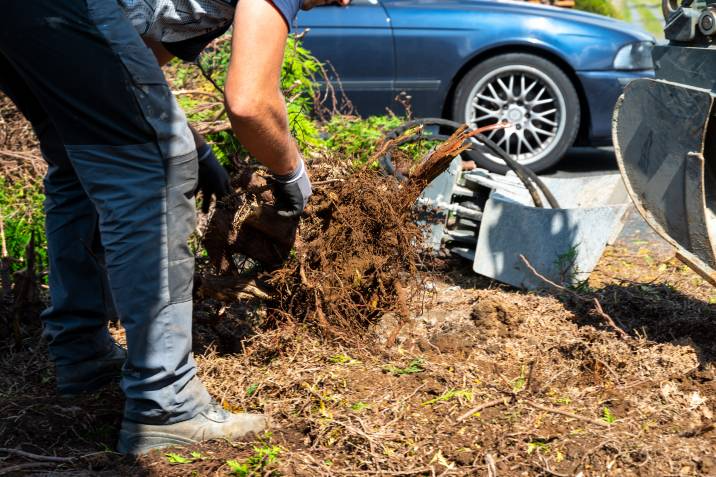
Here is a step-by-step guide to help you remove your hedges at home.
What you need:
Pruners, hedge shears, branch shears, or loppers
Spade and crowbar
Safety equipment: gloves and goggles
A stump grinder or mini digger (optional)
Lots of patience!
Step 1: Clear the area
You have to clear the area before you start removing the hedges. Using a rake, remove weeds, fallen foliage, branches, and other shrubs. If the hedges in the area are very small, you can manually remove them by grabbing firmly near the roots and exerting effort in pulling them out. Discard after removal.
Step 2: Chop off the branch of the hedge
For medium-to-large hedges, work from the outside going in. Using your shears, chop off the branch of the hedge until you reach close to the base. If the hedge you are cutting has a height of about four to five feet, it is best to chop the top using a branch shear. Be careful in using the shears as these sharp objects can injure you if not used properly.
Step 3: Dig up the roots
Next, you must find the roots to ensure the hedges don’t grow back. Mature hedges have deep roots which extend up to more than 8 inches. However, the majority of hedges have roots you can easily dig up.
Using a spade, dig around the area to easily have them removed. If you plan to relocate the hedge, keep the roots intact with the plant. Remove as much dirt and soil around the area to make them loose.
Step 4: Remove stubs and roots
Once loose, use your spade and crowbar to pull the stubs and roots out. If it becomes too difficult to pull manually, you can use a stump grinder or a mini digger. These machines are heavy and might need to be done by a professional. Use them only if you know how to operate them.
You may also use a root/weed killer when removing the stubs and roots. Spray the chemicals on the roots daily and wait for them to rot. You may then remove them quickly.
Be careful of using harmful chemicals and heavy equipment as it may damage your soil and cause future gardening problems.
See also: How much does hedge removal cost? |
Laws surrounding hedge removal

Laws and policies differ in some states. Problems usually arise when a hedge is considered a nuisance by your neighbor. It is better to visit local authorities for their own rules and regulations.
See the table below to know what law your state follows when it comes to tree removal:
| State | Law or permit needed |
|---|---|
Alabama |
No permit is needed for private properties |
California |
A heritage tree or an oak tree cannot be removed |
Florida |
In Miami, removing 25% of the hedgerow or tree removal would need a permit |
Illinois |
In Chicago, you can’t remove trees on private property without a tree work permit from the Bureau of Forestry |
Kansas |
Infected trees can be removed without a permit. If there is no basis for removal, duties fall into the hands of the owner |
Nevada |
No permit is needed for private properties |
New Jersey |
Permit needed from township |
New York |
No specific ordinance, but community development ordinances usually urge permits depending on the location |
Texas |
Nuisance trees that affect public or private property, when proven, can get a permit to have them removed |
Washington |
No permit is needed for private properties |
When is the best time to remove hedges?
The end of the winter and the start of spring are the best times to remove hedges. This is because smaller branches are easier to cut off and remove due to the cold weather. If you only want a trim, summer is the best time to maintain your hedges.
☞ Learn more: Gardening tips
Disturbing hedges in your area?
If you have any problems with hedges in your area, you might want to consider hedge trimming first. But if you’ve finally decided to have it removed, Airtasker offers hedge removal services to save you from the trouble of doing everything on your own. Say goodbye to hedges, feel the sun, and see a fresh new view right in the comfort of your home.
Related articles

How to build garden steps
Read more

How to trim bushes the right way
Read more

13 best spring gardening tips
Read more

36 Quirky plant pot ideas you’ll love
Read more

How to clean landscape rocks
Read more

25 ways to make money gardening
Read more

Your garden maintenance checklist
Read more

How to Start a Vegetable Garden
Read more

How to build a raised garden bed
Read more
Related price guides
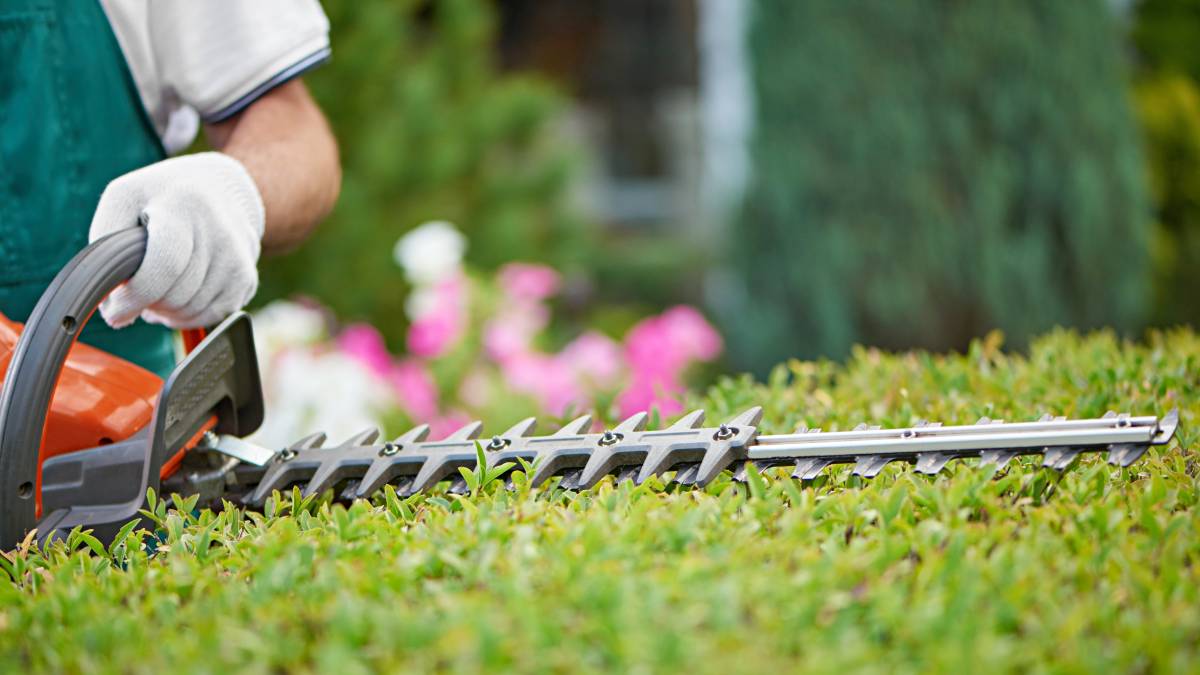
How much does hedge removal cost?
Read more

How much does a garden room cost?
Read more

How much does weeding cost?
Read more

How much does mulch cost?
Read more
